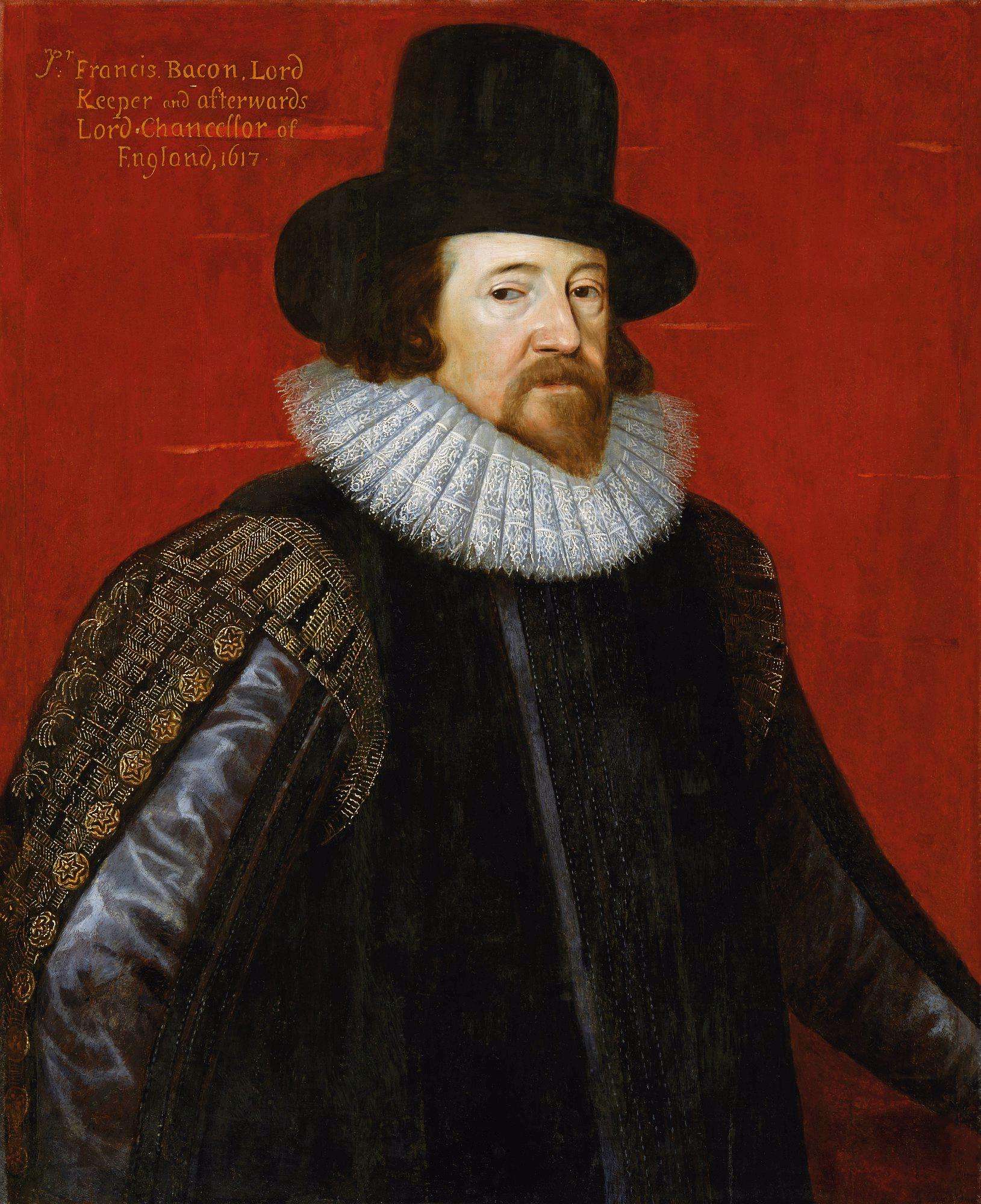The philosopher Tarski on truth: “Snow is white” is true only if snow is white

- Any of theory of truth must allow us to say that true things are true and false things are false.
- To do so, we must define the criteria, grammar, and rules by which all of our sentences are true, e.g. what rules allow "snow is white" to be true?
- The problem is that these truth-making rules are themselves expressed in the language that needs truth-making. As such, we need some kind of metalanguage to define truth.
It’s really hard to define what is “true.” Most of us have an intuitive idea that truth needs to be objective and fixed. But at the same time, we often don’t appreciate, or don’t like, the metaphysical assumptions that come with this idea.
It first requires us to accept that there’s a world outside of our minds (known as realism), which is not philosophically easy to prove. Then we need to establish how our beliefs and claims correspond to that world — also a philosophically difficult task — by answering questions like: how, when, why, where?
Truth is not easy to define. But according to the mathematician and logician Alfred Tarski, it needn’t be so hard. For him, truth is whatever you want it to be — as long as it allows us to call true things true.
Doing what truth does
In his Semantic Theory of Truth, Tarski offered a paradigm for defining truth: The claim that “snow is white” is true if and only if snow is white. Put differently, words must tell us what’s true and false, or meaningful and meaningless. As he writes, “we must characterize unambiguously the class of those words and expressions which are to be considered meaningful.”
For Tarski, all a theory of truth needs to do is allow for this demarcation. And that’s easy, right? It means we establish and accept a rule system for our language that defines the difference between meaningful and meaningless. We have to create grammar and semantic relationships that define the connection between what we say (our propositions) and the objects they reference.
In the U.S., for example, the “father of the nation” represents George Washington, and this must first be laid out as a rule of designation. Or, we must make it a rule that “snow” is an acceptable object that satisfies the sentential function, “x is white.”
Tarski offers us a “deflationary” theory of truth. His account means that we do not need to commit to those philosophically shaky metaphysical commitments mentioned in the introduction. Truth is not some objective, other-worldly predicate that we attach to a statement.
Convention T
The issue, though, is that we need to make a distinction between the everyday language that we use, such as German, English, or Chinese (which is known as the “object” or “natural” language), and the “meta language” that then goes about defining the operations of that object language. Most of our common languages function as their own metalanguage; we don’t speak in logical symbols. So, to approach the issue of truth and definitional criteria, we need to be clear about truth conditions. Since Tarski believed that truth is a property of sentences, and not just states of affairs or the world (his account is deflationary), we need some kind of outside, or higher, “meta” language that provides the truth conditions for that sentence.
This lead Tarski to his (philosophically) famous “Convention T,” which states that a theory of truth must mean that:
Any sentence (s) is true in language (L) if and only if p.
P is a statement that is substituted to give the meaning of “S” — it’s the metalanguage we need, which says: “S is equivalent to P.” A classic example is:
“Schnee ist weiß” in German is true if and only if snow is white.
Or:
“Snow is white” in English is true if and only if snow is white
This example reveals the issue at hand. The “p” part of Convention T is necessarily expressed in our natural languages (we’re not robots, after all). And yet, for Tarski, this metalanguage is what’s required for defining truth.
Truth or linguistics?
Donald Davidson — the great critic of Tarski — allows that Tarski’s theory is good for “natural languages.” But does it get us closer to truth?
Tarski came at truth with a mathematician’s mind, and his Semantic Theory owes a lot to Gödel — it says that truth isn’t a big issue so long as we simply define our parameters, axioms, and terms at the start. And we have to do so using a metalanguage, since no language is sufficient in defining its own truth criteria.
But does it work in practice? Tarski got some blowback for his framing of truth, not only from Davidson, but also the philosopher J.L. Austin and the “ordinary language” movement that came after him. This was the polar opposite to the logic and mathematically minded aims of Tarski’s truth theory. The ordinary language movement stated that we ought to look at how words actually work, and truth is, here, reduced to the meaning. Truth is the conventions and use that we give to words. So, “snow is white” does not depend on some metalanguage, but rather snow is white so long as people continue to call it so.
The issue mirrors, to some extent, a big contrast between linguistics and logicians; and, even within linguistics, between the “descriptivist” or the “prescriptivist” accounts of grammar and language. This goes to say: Are there meta-defined criteria for the statements we use, or does that criteria evolve and adapt to our use. Are there rules and systems to which “truth” must accord, or is the very idea subject to the imprecise meanderings of human life? Intuitively, we might be team Tarski, but is this really how truth works?
Jonny Thomson teaches philosophy in Oxford. He runs a popular Instagram account called Mini Philosophy (@philosophyminis). His first book is Mini Philosophy: A Small Book of Big Ideas.





